
Day 1 of a woman’s cycle is the first day of menstrual bleeding or spotting, representing the start of a new cycle and another opportunity for conception to occur.
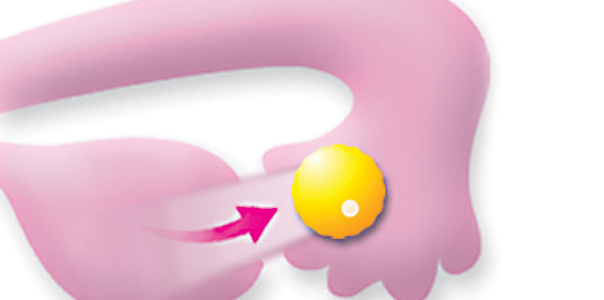
Each month, your body begins to prepare for ovulation – the release of an egg from your ovary, triggered by a rapid increase (surge) of Luteinizing Hormone (LH).

In the beginning days of your cycle, the LH levels in your body are low. This is considering your personal baseline level of LH, and every woman’s baseline level is unique.

As the cycle progresses, there is ultimately a rapid increase (surge) in LH that signals that the ovary is about to release an egg. This LH surge indicates that ovulation is about to occur, which begins your optimal 24-36 hour window to try to conceive.
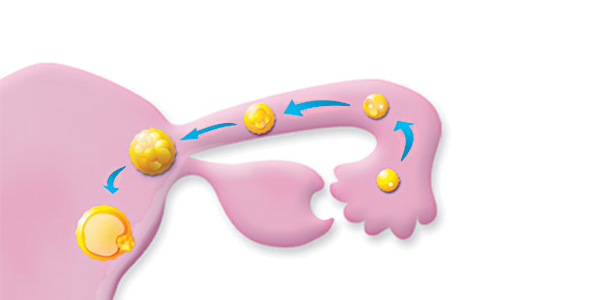
During this 24-36 hour fertile window, the egg travels down the fallopian tube. If a sperm successfully fertilizes the egg, conception occurs.
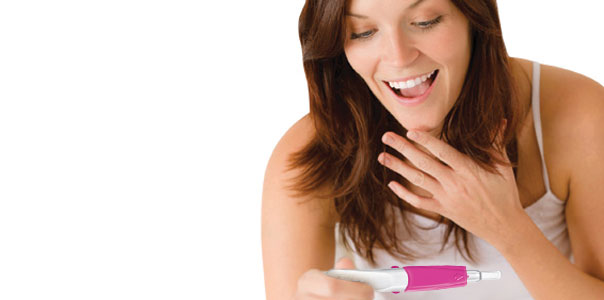
Since every woman’s body and baseline hormone level is different, you can maximize your opportunity to conceive by establishing your body’s unique baseline and pinpointing your LH surge.
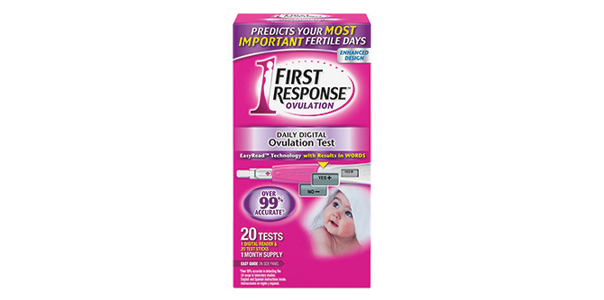
The FIRST RESPONSE™ Digital Ovulation Test uses your unique baseline hormone level to determine your personal LH surge – detecting your two best days to try to conceive.
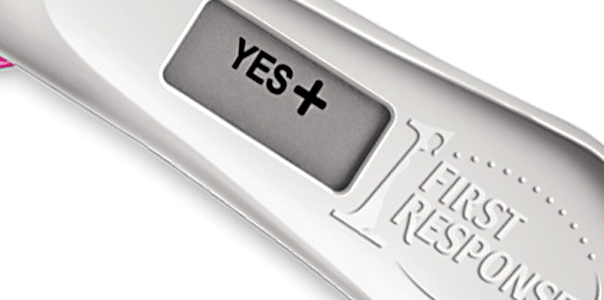
Get pregnant sooner with Unmistakable “YES+ / NO-” results that tell you the two best days to conceive with over 99% accuracy. “YES+” means try to conceive in the next 24-36 hours, “NO-” means continue daily testing.
When you're trying to conceive, you can't leave it up to chance. Your body runs on cycles with fertile windows. An ovulation predictor kit can help you identify the two days of the month when you're most likely to conceive.
There are changes in your body right before an egg is released from the ovary (ovulation). An ovulation test works by detecting one of these changes, specifically the increase of luteinizing hormone (LH) levels in urine. The LH surge, as it is commonly called, precedes ovulation by 24 to 36 hours. Predicting your LH surge with an ovulation test, enables you to identify the most fertile time of your cycle — the two days beginning with your surge. The FIRST RESPONSE™ Ovulation plus Pregnancy Test, FIRST RESPONSE™ Daily Ovulation Test, and FIRST RESPONSE™ Test and Confirm Ovulation Test Kit have been proven over 99% accurate at detecting LH surge in laboratory testing.1
You can maximize your chances of becoming pregnant if you have intercourse within 24 to 36 hours after detecting your LH surge. Timing is one of the most important factors when you're trying to get pregnant.
For extensive information and support for those trying to conceive, visit Resolve.2
